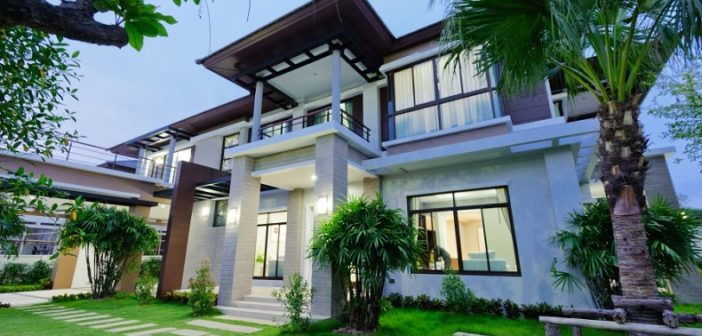By the time rainy seasons arrives most people are desperate for the water it brings. However, rainy season also brings a fresh set of challenges.
Heavy rain leads to flooding, this can be because your exterior drainage system has been overwhelmed or because nearby rivers have burst their banks and the water is encroaching on your property.
In order to be prepared for either scenario, you should check your exterior drainage system thoroughly to make sure it is working as efficiently as possible. But, you should also invest in a pump, this should ensure you get water out of your home faster than it is coming in, keeping your home protected and dry.
But, what type of pump do you need?
Submersible
The pump you choose must be submersible, this means it won’t matter f it gets wet. There are two benefits to this type of pump:
- Keeps Working
If you’re experiencing floods then your pump is likely to get wet, regardless of where you’ve kept it. Good submersible mine dewatering pumps work efficiently and effectively when wet or dry. This is because they are sealed to ensure water cannot get into the electrics.
Using a submersible pump means it will keep pumping out your home no matter how much water is coming in. All you need is power and somewhere to pump it to.
Don’t forget that your submersible pump can be connected to a float that tells it to come on automatically. This way it will start working even if it’s the middle of the night or you’re not home.
- Suited To Lowest Point In Your House
Because they can be submersed the pup can be placed in a pit in the lowest point of your home. It will start working as soon as the water touches it and should protect the rest of your home from getting wet.
Multi-Directional Hose Coupling
The best pumps for rainy season have multi-directional coupling, allowing you to swivel them from the horizontal to the vertical, or anywhere in between. This ensures the pump can be fitted into smaller spaces and the water directed away via the most practical route.
Simplicity
A pump is, in essence, an impeller that spins, placing pressure on the water and pushing it along the pipe. This is more efficient than a pump that pulls water and will allow you to shift more water. It also requires less energy, keeping your energy bills low, even if this is not your primary concern when facing water in your home.
The impeller is connected to a standard motor that is isolated in a watertight chamber, ensuring it can keep running indefinitely. It’s also ready to be used at any moment because it can be sat in water and doesn’t need to be primed.
Perhaps most importantly, the simplicity of the pump means that you can easily take it apart and put it back together, that’s especially useful if you have a blocked pump or a simple issue you can resolve.





Hey Ladonna,
Now-a-days, every home needs a constant supply of water and when you live in areas that don’t have that, you’ve got to be creative.
One of the most common methods of pumping water both for industrial and home use – is by using submersible water pumps. Eventually, thanks for sharing your experience with us.
~ Amar Kumar